Electrical Safety Tips for Your Living Room
The living room is often the heart of the home, where we gather with family and friends, watch TV, and relax. But with so many electrical devices and cords in use, it's important to take precautions to ensure the safety of everyone in the room.
How to Keep Your Living Room Safe from Electrical Hazards
The first step in maintaining a safe living room is to identify potential hazards. Look out for frayed cords, overloaded outlets, and damaged appliances. Make sure all outlets have cover plates, and keep any liquids away from electrical devices.
Common Electrical Safety Risks in the Living Room
There are many potential electrical safety risks in the living room, including overloaded outlets, damaged cords, and outdated wiring. It's important to regularly inspect your living room for any potential hazards and address them promptly.
Preventing Electrical Fires in Your Living Room
One of the biggest concerns when it comes to electrical safety is the risk of fires. To prevent electrical fires in your living room, make sure all devices and appliances are in good working condition, and avoid overloading outlets with too many cords.
The Importance of Ground Fault Circuit Interrupters in Your Living Room
A ground fault circuit interrupter (GFCI) is an essential safety device that can prevent electric shock and electrical fires. Make sure your living room outlets are equipped with GFCIs, especially in areas near water, like the TV stand or coffee table.
Childproofing Your Living Room for Electrical Safety
If you have young children in your home, it's important to take extra precautions to childproof your living room for electrical safety. Cover unused outlets with safety plugs, keep cords and wires out of reach, and avoid using extension cords when possible.
Understanding the Dangers of Overloaded Outlets in Your Living Room
Overloading outlets is a common cause of electrical fires. Avoid using too many devices on one outlet, and never plug in multiple power strips or extension cords into the same outlet. Spread out your devices and use surge protectors to prevent overloading.
How to Safely Use Extension Cords in Your Living Room
Extension cords are a convenient way to extend the reach of your electrical devices, but they can also be a safety hazard if not used properly. Make sure to only use extension cords temporarily and never as a permanent solution. Also, avoid using them near water or in high-traffic areas.
The Role of Surge Protectors in Protecting Your Living Room Electronics
Surge protectors are an essential safety device for protecting your living room electronics from power surges. Make sure to use surge protectors for all your valuable devices, such as TVs, computers, and gaming consoles.
Maintaining Your Living Room's Electrical System for Safety
Regular maintenance of your living room's electrical system is crucial for ensuring safety. Have a professional electrician inspect your wiring and outlets every few years to identify any potential hazards and keep your living room safe.
By following these top 10 electrical safety tips for your living room, you can ensure a safe and comfortable space for you and your family. Remember to regularly inspect your living room for potential hazards and address them promptly to prevent any accidents. And always prioritize the use of safety devices like GFCIs and surge protectors to protect your home and loved ones.
How to Ensure Electrical Safety in Your Living Room

The living room is the heart of any home, where families come together to relax, entertain, and spend quality time. With all the activities that take place in this space, it's essential to prioritize electrical safety . According to the National Fire Protection Association (NFPA), electrical failures or malfunctions are the second leading cause of home fires in the United States. By following a few simple steps, you can ensure that your living room is a safe and comfortable space for you and your loved ones.
Inspect Your Electrical Outlets

One of the first things you should do to ensure electrical safety in your living room is to inspect all of your electrical outlets. Over time, outlets can become loose or damaged, increasing the risk of electrical fires. Check for any cracks, discoloration, or signs of wear and tear. If you notice any issues, it's best to call a licensed electrician to replace the outlet. Additionally, if you have young children, consider installing outlet covers to prevent them from inserting objects into the outlets.
Don't Overload Your Outlets
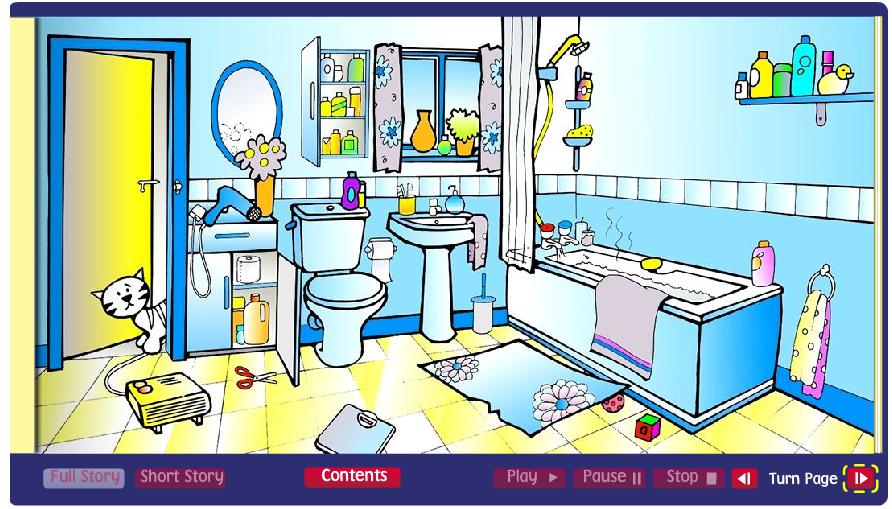
It can be tempting to plug in multiple devices into one outlet, especially in a room like the living room where there are many electronics. However, overloading your outlets can lead to overheating and potentially cause a fire. Make sure to spread out your devices among different outlets, and if you find yourself using a lot of extension cords, consider installing additional outlets to accommodate your needs.
Use Surge Protectors

Power surges can also be a significant risk for your living room's electrical safety. A surge protector is designed to protect your devices from voltage spikes and can prevent damage to your electronics and potential fires. Make sure to use a surge protector for all of your valuable and sensitive electronics, such as your TV, computer, and gaming consoles.
Regularly Check Your Cords

Frayed or damaged cords can also pose a risk to your living room's electrical safety. Make it a habit to regularly check all of your cords for any signs of wear and tear. If you notice any damage, replace the cord immediately to prevent any potential hazards.
In conclusion, electrical safety should be a top priority when it comes to designing your living room. By following these simple steps, you can ensure that your space is not only stylish and comfortable but also safe for you and your family. Remember to regularly inspect and maintain your electrical outlets and devices to minimize the risk of electrical fires. Stay safe and enjoy your living room to the fullest!

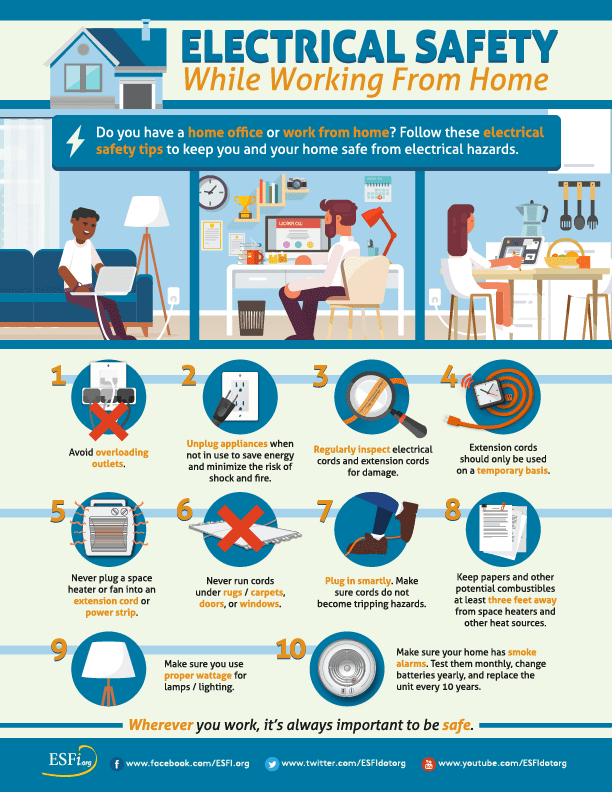











/safe-room-Gaffco-2108027-crop-58b0d8a75f9b5860461ddd8c.jpg)





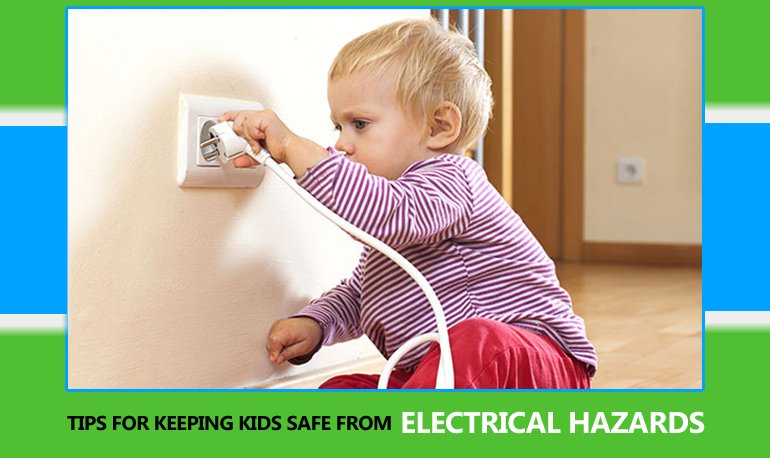




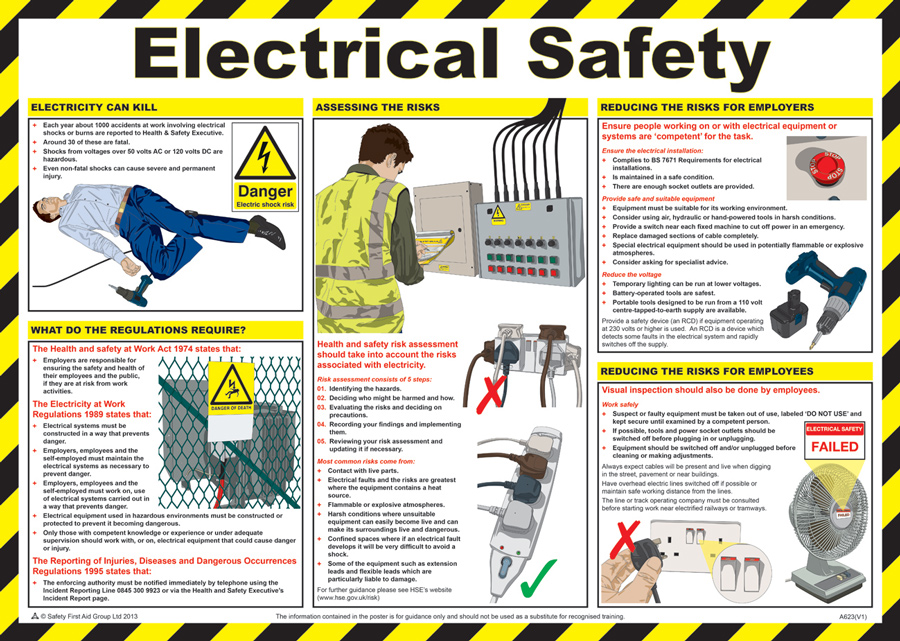




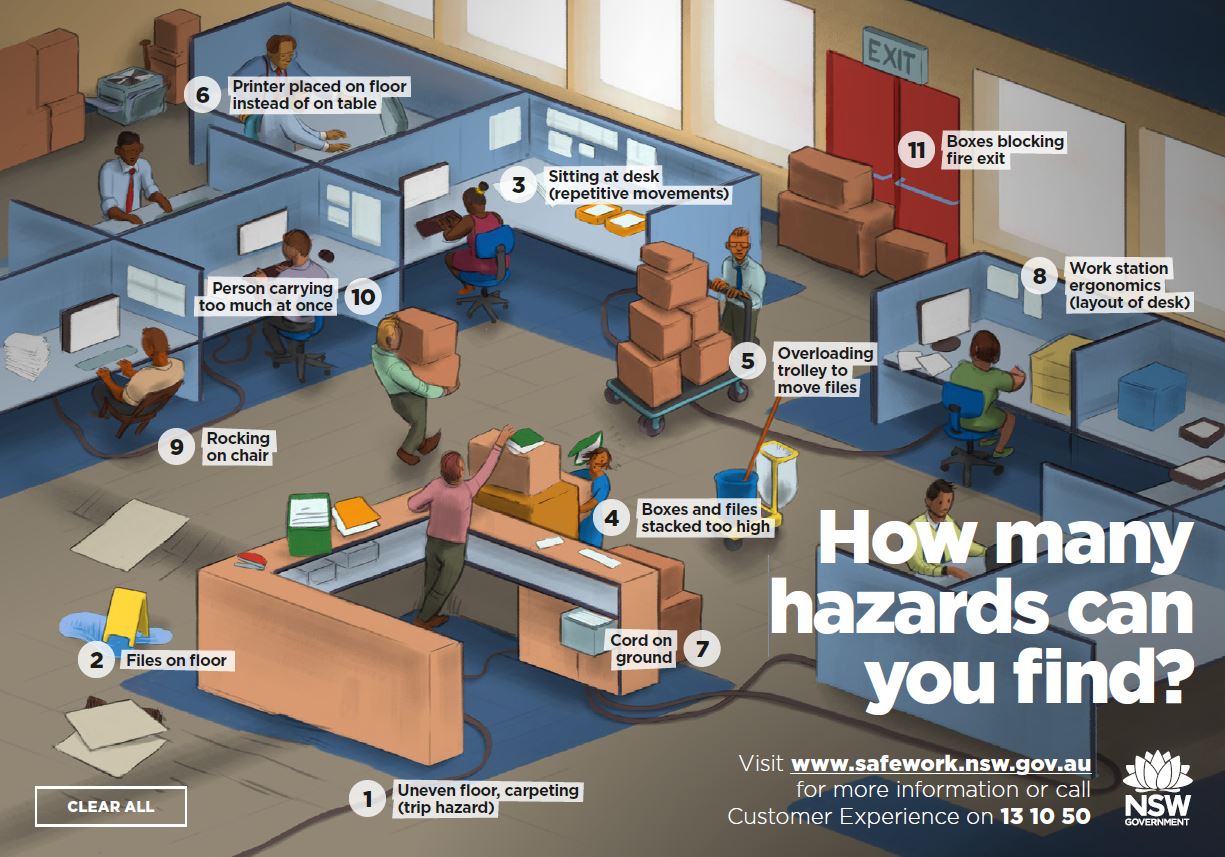





















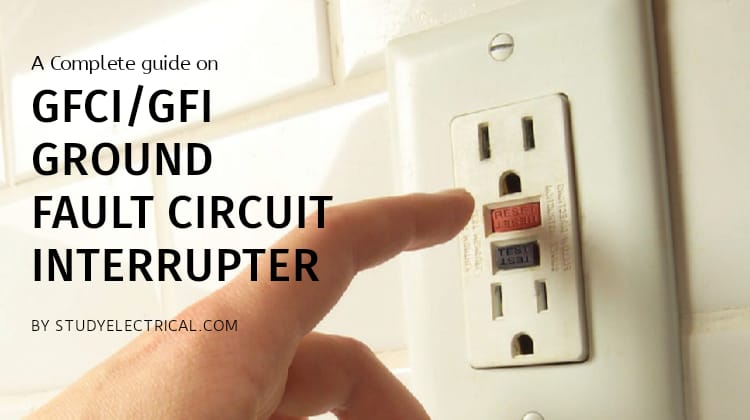

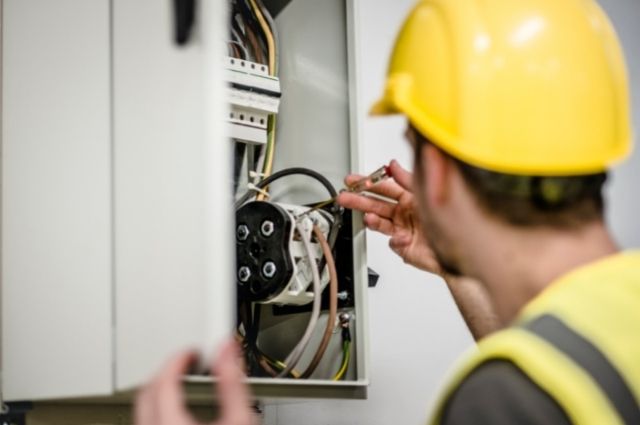





























:max_bytes(150000):strip_icc()/living-room-area-rugs-1977221-e10e92b074244eb38400fecb3a77516c.png)




































